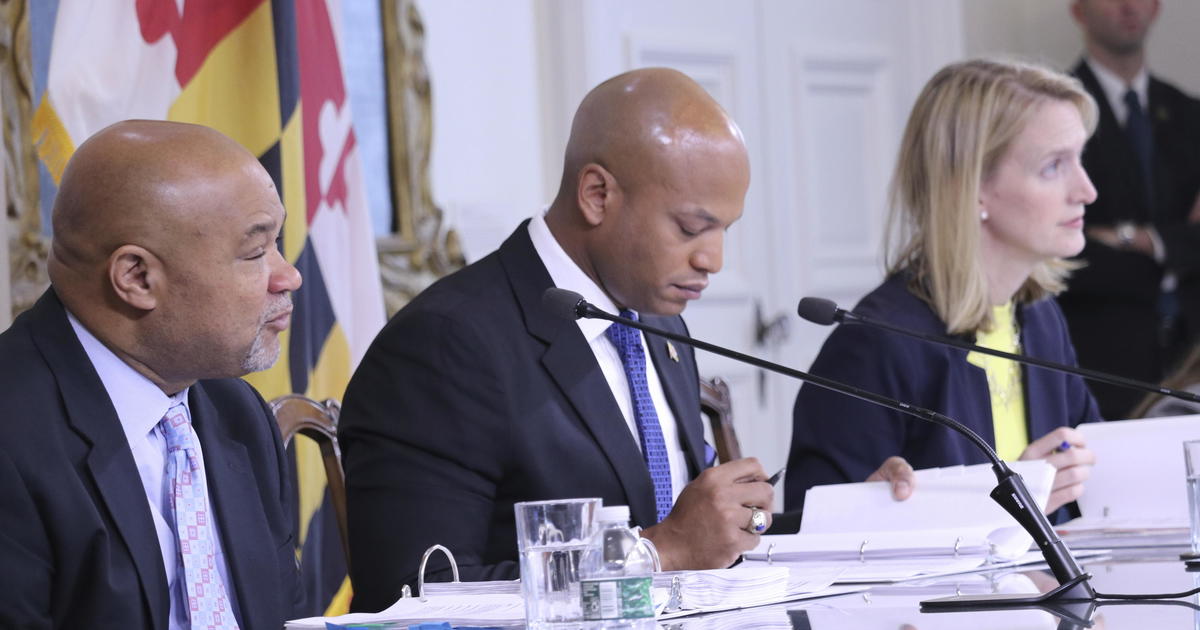The Man Behind Gathland
KAREN GARDNER
The Frederick News-Post
BURKITTSVILLE, Md. (AP) -- Hikers, picnickers and history lovers all visit Gathland State Park for different reasons. But most know little about the man who built Gathland.
Once a Victorian estate, today Gathland is a peaceful mountaintop place of respite and a state park, offering backpackers bathrooms with indoor plumbing, picnickers a covered pavilion and history lovers two museums, one on the founder of Gathland and one on the battle in Crampton's Gap, part of the Civil War's Battle of South Mountain.
Dianne Wiebe works in the museum dedicated to George Alfred Townsend, who strung his initials together and added an H, calling himself Gath and his estate Gathland. Townsend was a 19th-century journalist who covered the Civil War and who was an expert in late 19th-century news and politics. He chafed at the idea that his words and ideas would likely not survive his lifetime. He also wrote novels based on the news of his day. Townsend died 100 years ago in 1914 at the age of 73.
Wiebe is the author of the new book "George Alfred Townsend & Gathland: A Journalist and His Western Maryland Estate," published by The History Press. She uncovered lots of personal details about Townsend and found a trove of old photos of Townsend and Gathland that are reproduced in the book.
Wiebe, 74, began to learn about Townsend after she started working part-time at the museum in 2009. When she interviewed for the job, park officials were pleased that she was more interested in the life of the early journalist than she was in the conflict in Crampton's Gap. She got to know Townsend's life through his artifacts at the museum, and she enjoyed talking about his life to museum visitors.
Townsend, who grew up on the Delmarva peninsula, settled in Washington after his marriage in 1866. He wrote for many publications and moved among a circle of prominent writers and newspaper editors. In a photo taken by Mathew Brady, Townsend is seated next to Samuel Clemens and an editor of the Buffalo Courier.
By 1874, he tired of Washington and moved his family to New York City. A decade later, he was researching his novel "Katy of Catoctin" when he discovered the area around Crampton's Gap. Near the quiet hamlet of Burkittsville, the place inspired him. Townsend was attracted to "the magnificent views which it commands, and the general picturesque of the scenery." The fact that it was close to railroad transportation to Washington helped. He built a sprawling stone mansion and outbuildings to house his family and his massive collections.
"His style was to do everything with excess and flamboyance," Wiebe said.
Townsend grew up poor, the son of a circuit-riding minister, and Gathland became the home of his dreams. The sturdy stone mansion was called Gapland, named for the gap, or pass, that made it easier for travelers to cross the mountain. Surrounding Gapland was a stone lodge, den, library and mausoleum. All that remains of the buildings today are a small part of Gapland, the lodge, which houses the museum chronicling the Battle of South Mountain, and the empty mausoleum.
Wiebe said she could relate to the journalist, whose fame and prominence began to fade as he got older. His wife became ill, his daughter wanted nothing to do with his estate and his son caused him consternation. Neither of his children returned to live at Gathland as adults, nor did they want to be buried there.
"His life implodes, and he decided to put up the arch," Wiebe said. The arch, a memorial to war correspondents, was completed in 1896 and cost $5,000.
"He says in his memoirs, `I don't understand how I could be so quickly forgotten,"' she said. "He was a fascinating person. If you talk about the Civil War, you talk about facts, but with Gath, there were many things. Many people resonate with the idea that their adult children don't resonate with them."
Hikers, history buffs and families all leave the museum knowing more about the odd journalist who built a massive stone arch overlooking the valleys on both sides of South Mountain.
But Wiebe knew there was more to tell, and she decided to write the book. From Townsend, she said, "I learned how a legacy (should not be) left, a failed legacy. I felt there should be a continuum."
Wiebe is originally from Baltimore. She worked for many years with disabled adults, then in nonprofit management, and then moved into economic revitalization and historic preservation. She moved to the Catskills region of New York, wrote for local newspapers and served as communications director for a local monastery. Then she retired and moved to Hagerstown, but when she saw an ad for a part-time position at the Gathland museum, she responded.
Last year, after five years at the museum, she decided to write the book on Townsend and his estate. She spent the winter, when the museum is closed, doing her research and writing the 140-page book. It includes photos of the estate, some during its years of glory, others showing the buildings crumbling into ruins. The contrast with what remains is considerable.
The arch is owned and maintained by the National Park Service, while the property became a state park in 1948. Gathland State Park is part of the South Mountain Recreation Area. In 1996, Townsend's descendants attended a centennial dedication of the arch. It again gained attention in 2003 when a plaque bearing the names of four journalists killed while covering wars in Iraq and Afghanistan was dedicated.
"I know he loved attention and would have loved that," Wiebe said.
(Copyright 2013 by The Associated Press. All Rights Reserved.)



